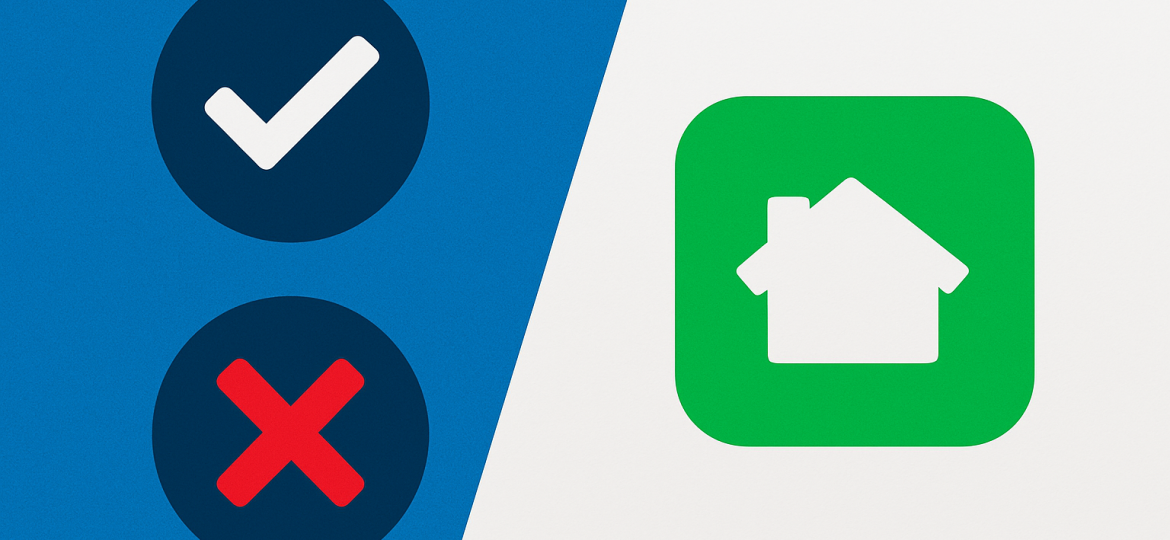
Last Updated on April 2, 2025 by anytimedigital
Overview of Nextdoor Advertising
What is Nextdoor?
How Does Nextdoor Advertising Work?
Nextdoor utilizes hyperlocal targeting to deliver ads directly to verified users within specific neighborhoods or zip codes. This means you can reach your ideal customer base—local residents who may need your services. When creating an ad campaign on Nextdoor, you can choose different formats designed for promoting your business. However, keep in mind the platform offers fewer options compared to giants like Google and Meta. Despite its niche approach, the decrease in ad competition allows your business to stand out in a less crowded space.
Pros of Nextdoor Advertising
Hyperlocal Targeting
It’s imperative to appreciate the benefits of hyperlocal targeting when using Nextdoor for your advertising efforts. This platform allows you to reach verified residents in specific neighborhoods, ensuring that your ads are seen by those who are most likely to need your services. If you are a home service provider—such as a roofer, cleaner, or realtor—this targeted approach can lead to higher engagement rates and conversions, as you’re speaking directly to a community that may actively seek your expertise. Without the overwhelming competition found on broader platforms like Facebook or Google, your business can gain visibility in a more focused manner.
Community Trust and Engagement
Hyperlocal marketing thrives on community trust, and Nextdoor excels in fostering that sense of connection. Users often turn to their neighbors for recommendations on local services, allowing your brand to gain credibility simply by being mentioned in those discussions. This level of engagement can lead to a more authentic relationship between you and your customers, ultimately converting neighborhood discussions into potential sales. By contributing valuable insights or solutions to community queries, you position your business as a trusted resource, which is invaluable in today’s crowded marketplace.
Cons of Nextdoor Advertising
Limited Reach and Audience
While Nextdoor excels at hyperlocal targeting, its reach is confined to specific zip codes and neighborhoods. This means if your business operates in a wider area, you may find the platform lacks the audience size you need for a successful campaign. If you’re aiming to connect with a broader demographic or attract younger consumers, Nextdoor’s primarily older user base may not align with your audience goals.
Higher Costs and Fewer Ad Formats
Behind the streamlined user experience of Nextdoor lies the potential for higher costs per impression or click, which can make advertising here less cost-efficient compared to giants like Google or Meta. Additionally, Nextdoor offers fewer ad formats, which can limit your creative options when trying to capture user attention. The lack of diverse options means you must rely on standard advertisement types, potentially hindering your ability to innovate and stand out in a competitive local market.
Effective Strategies for Nextdoor Advertising
Crafting the Right Message
Utilizing Local Partnerships
On Nextdoor, establishing partnerships with other local businesses can amplify your advertising efforts. Collaborate with complementary services in your area, such as partnering with a local coffee shop for a community event or co-hosting workshops that showcase your combined offerings. This strategy not only broadens your audience reach but also fosters goodwill and community spirit, making it more likely that users will remember your brand. By working together, you can create unique promotions that resonate well with local residents, thereby enhancing your overall visibility and credibility.
Case Studies of Successful Nextdoor Campaigns
- Local Roofing Company: Achieved a 40% increase in lead generation within three months by targeting a neighborhood with a recent storm, generating over 300 impressions and 50 clicks through their ad.
- Cleaning Service: Experienced a 25% growth in service appointments after launching a Nextdoor ad campaign in their local area, producing 200+ clicks and leading to several referrals based on community recommendations.
- Real Estate Agent: Increased listing inquiries by 30% after running a targeted ad focusing on homes for sale in specific zip codes, resulting in over 150 interactions and responses.
- Landscaping Business: Saw a 15% rise in new clients from a Nextdoor campaign that promoted seasonal gardening services, where the ad reached more than 1,000 verified local residents.
Home Service Businesses
At the forefront of Nextdoor’s success stories are home service providers who have effectively leveraged the platform’s hyperlocal advertising capabilities. Notably, companies offering specialized services, such as roofing and cleaning, find that the community-oriented nature of Nextdoor fosters a sense of trust among users. For instance, a local roofer’s ad was well-received after a recent storm hit the area, resulting in a surge of inquiries from neighbors who valued recommendations from their community. The effectiveness of this targeted approach resulted in a significant uptick in leads and conversions.
Retail and E-commerce Examples
Between various retail and e-commerce businesses, Nextdoor has shown to be a valuable tool for reaching a specific audience looking to support local brands. For example, a local boutique that advertised seasonal promotions on Nextdoor reported an impressive 20% lift in foot traffic over a three-month campaign, with users specifically mentioning the ad when visiting the store. A nearby coffee shop also utilized Nextdoor to promote a new product launch. Their targeting led to a 35% increase in sales just within the first six weeks of the campaign.
Comparison with Other Advertising Platforms
After evaluating Nextdoor as a advertising option for your business, it’s important to compare it with other popular platforms like Facebook and Google Ads. This comparison will help you determine which platform best aligns with your advertising goals and target audience. Understanding the differences can also assist you in allocating your budget more effectively.
Nextdoor vs. Facebook
|
Aspect
|
Nextdoor
|
Facebook
|
|---|---|---|
|
Targeting
|
Hyperlocal with verified residents
|
Broad and diverse demographics
|
|
Ad Competition
|
Lower competition
|
Higher competition
|
|
Community Engagement
|
High trust through neighborhood recommendations
|
Varied engagement based on content
|
|
Ad Formats
|
Limited
|
Wide variety available
|
Nextdoor vs. Facebook
Nextdoor vs. Google Ads
Against Google Ads, Nextdoor has a more restrictive reach since it is confined to specific neighborhoods or zip codes, making it less suited for businesses looking to reach a wider customer base. Google Ads capitalizes on search intent, which means you’re targeting users actively seeking products or services. In contrast, Nextdoor advertising interrupts users as they browse through community posts, which might not yield immediate buying decisions.
Final Words
From above, you can see that Nextdoor advertising presents both unique advantages and notable challenges for local businesses. If you operate a service that thrives on community trust and engagement, such as home repairs or local real estate, harnessing the hyperlocal reach of Nextdoor can significantly benefit your visibility and credibility. The platform’s emphasis on neighborly recommendations offers a way to connect with potential customers who are already seeking your services, making your ads feel more relevant and personalized.

